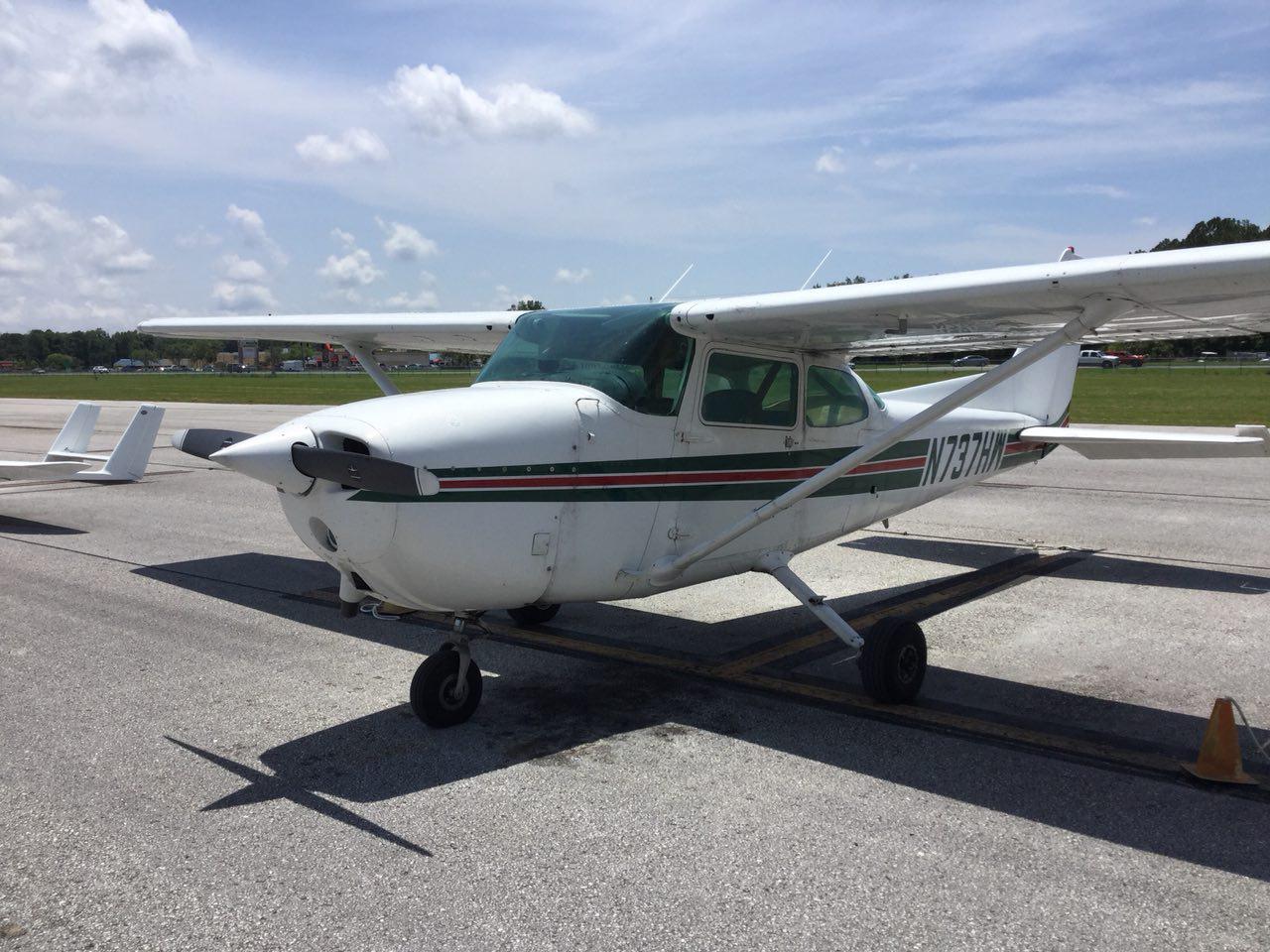
Today, I had initially planned to embark on the trip using our small Cessna 150. Unfortunately, it’s undergoing maintenance due to compass and landing lights issues. While I prefer the cost-effectiveness of the Cessna 150, being the only one in our school means if I want to fly today, I’ll have to book a Cessna 172.
As mentioned, the Cessna 172 comes at about 1.5 times the price, but being IFR-approved, it made sense to file an IFR flight plan!
My destination was Palatka airport, 28J. This trip allows to come back before the usual midday weather deterioration. Since I initially planned a VFR flight, after changing an airplaneI lost some time preparing an IFR flight plan. Nevertheless, I intend to fly in VMC (Visual Meteorological Conditions), but I’d like to practice communications and log some IFR time (though it doesn’t count as FAA Instrument time, it does for EASA).
Taking off from an uncontrolled airport, I activated my flight plan in the air. The controller inquired if I’d like to fly VFR, but as I was set on practicing IFR, I requested IFR and received instructions to climb to 4000 feet and expect vectors.
At 4000 feet, I was nearly at the cloud base, experiencing a bit of turbulence. However, the clouds were cumulus and not perilous, providing an opportunity to practice flying straight and level in bumpy conditions.
The landing posed a challenge with gusts up to 17 knots, prompting the need for additional speed and power. Given the ample runway length, stability was the primary concern.
On the way back, the clouds dissipated, and the weather became less turbulent. Assigned an altitude of 5000 feet, that leg of the journey was smoother.
Flying IFR was an enjoyable experience, and the practice proved to be quite valuable.
Leave a Reply